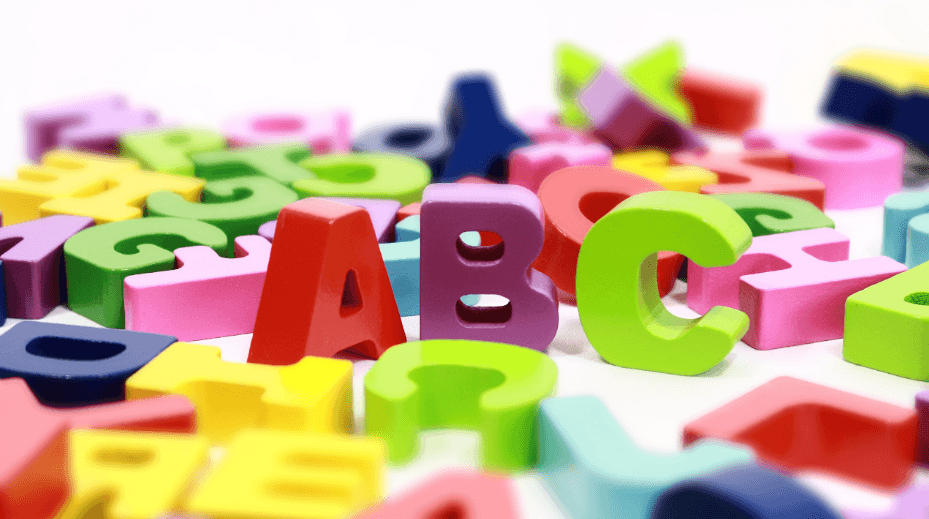Listening to Spanish speakers roll their Rs and sound out other letters, you may be tempted to think that the Spanish alphabet is fun and enticing, and you would be right. The 27-letter alphabet, which is based on the Latin alphabet, does have a few extra Spanish letters, but it is almost the same as the English alphabet with a few exceptions.
Pronunciation of individual letters is also strikingly similar with a few exceptions.
Note that the provided alphabet list below offers phonetic pronunciation; the actual spelling for each letter is similar but not the same.
1. The Spanish alphabet and the phonetic pronunciation:
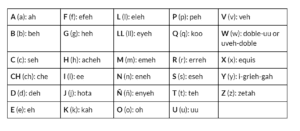
There are two extra letters in the alphabet above, making a total of 29 letters. Of the three extra letters, CHch, LLll, and Ññ, Ññ is the most well-known and is considered an official letter. The other two are not always listed as letters in Spanish alphabet guides, but you may find them in older listings.
The history of the letter Ññ can be fascinating to a history buff studying Spanish words. Originally a line above the letter, also called a tilde, such as the ones used over an Nn denoted double letters in a word. However, over time the tilde was dropped from other double letters, and eventually, it began to represent sound instead.
Some examples of Spanish words that came to use the letter Ññ are

There is a good difference from the English alphabet, the Spanish alphabet can be a simple lesson. Even pronunciation of the letters is very simple for students to pick up on. Since the alphabet is one of the first things you will study as you learn Spanish it may feel like a daunting task, to begin with, but once you see all the familiar letters you will quickly realize that learning the alphabet will be one of your easiest Spanish lessons.
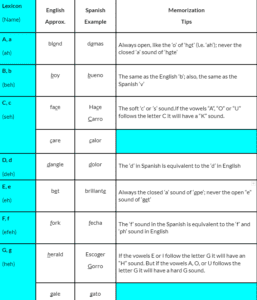
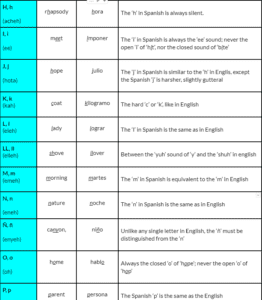
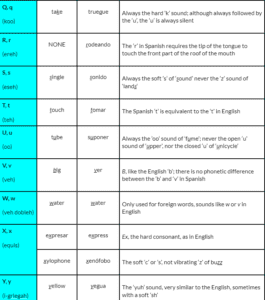

Why is Learning the Spanish Alphabet Important?
1. It will help your pronunciation

We all want to speak like a native speaker. Learning and knowing the alphabet is a great way to do this! We really need to learn the sounds of the letters. Also, learning the individual letters of any language will start uncovering nuances and intricacies that are not always apparent when you’re simply listening to the words.
2. It will help you to think in the language

Another goal we all have or all should have is to think in the language we are learning. When we start to think in the language, we can communicate a lot quicker. We no longer need to translate back and forth between the two. We can also start to speak more like a native speakers this way.
Really knowing the alphabet is one way to get yourself to that point. When we really know the sounds that each letter can make, we can start to read the words as they’re actually spoken. I always advise my students to watch television in English. I tell them to put the subtitles on but in English rather than their native language. This way they can see the words as they’re hearing them. I find that it’s super important to put the two together.
3. You will need to spell things
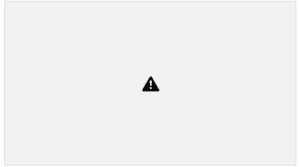
I’m not saying that you should spend weeks upon weeks on just the alphabet. However, what I am saying is that you should review it from time to time. Take a few minutes out of your class time and quiz yourself. Perhaps you could have a little spelling bee with yourself. However you choose to practice it, I can assure you that you will not regret it.
Completely mastering the Spanish alphabet, no matter how long it takes, will give you an excellent head start in learning how to write and read the language. It will offer you a solid foundation on which to build the other language skills, so set a goal to learn the alphabet so well that you’re able to recite it in your sleep!
Secrets to Learning the Spanish Alphabet Fast
With a language, like with anything you have to learn from scratch, having a few mnemonic devices handy are key to learning it fast. A mnemonic device is basically any method or technique that helps you to retain or commit something to memory more easily.
Here are a few mnemonic devices to memorize the Spanish alphabet so you can speed up learning how to write in Spanish.
1. Find and Learn an Alphabet Song, Poem or a Short Story in Spanish
Remember your own alphabet song in your own language? The best way to commit it to memory so you can recite it is still your mom or first teacher’s way – with music, a song, and/or a poem! Find a recording and learn to sing the song, or recite the poem along as best as you can. Repeat it out loud as often as possible.
However, you still need to learn how to write it.
2. Don’t Overdo it! Study a Few Letters At a Time.
Remember when you were young and learning to write for the first time? You didn’t start with words or sentences; you started with letters, one at a time!
Decide on tackling only a few letters each week, and then don’t move on from these till you are completely familiar with them. Don’t take on too many at once, or you may become discouraged. Also, remember to ask your teacher at TakeLessons Live!
3. Write Out the Letters by Hand

Make it a goal to write out your week’s letters at least once a day, and commit to this goal. You can also do it every time you have a free moment. Get yourself a special notebook for this purpose that you can carry with you anywhere you go. Sitting on the train or bus? Waiting for someone somewhere? Whip out your notebook and write the Spanish alphabet or the letters you are learning. Also, writing Spanish words down by practicing the alphabet will help you expand your vocabulary. Aim for about 5-10 repetitions, while silently saying the letter in your head as you write the letter out.
4. Use Associations To Memorize Letters
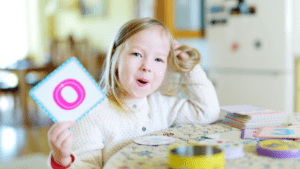
This is actually fun. What you would have to do is to say the Spanish letter out loud, and then think of a word in that language that has that letter in it. Better even if the association is something you can draw.
If the script of the new alphabet is very different from your own, look at it closely, and see if you can find an image that the letter reminds you of
To practice your pronunciation, be sure to check out TakeLessons Live! You will find many instructors including myself teaching on this group lesson platform.
Happy Learning
Rosita Ruiz
